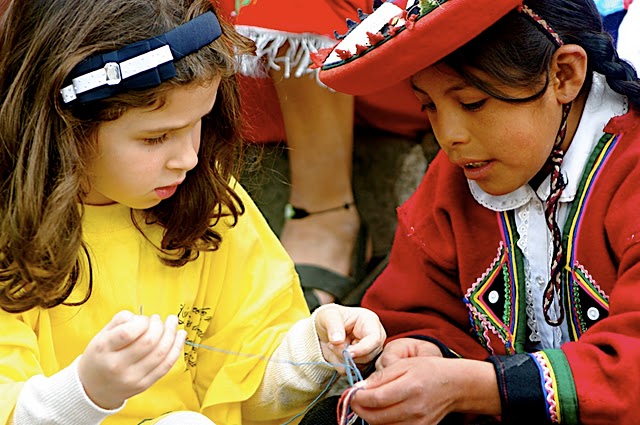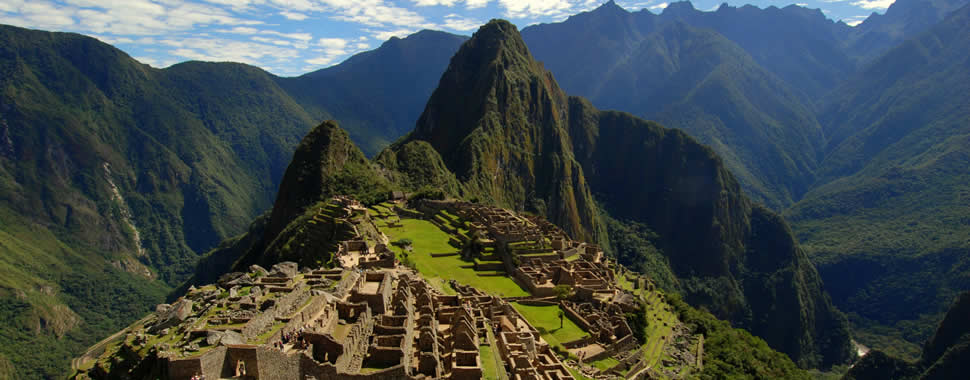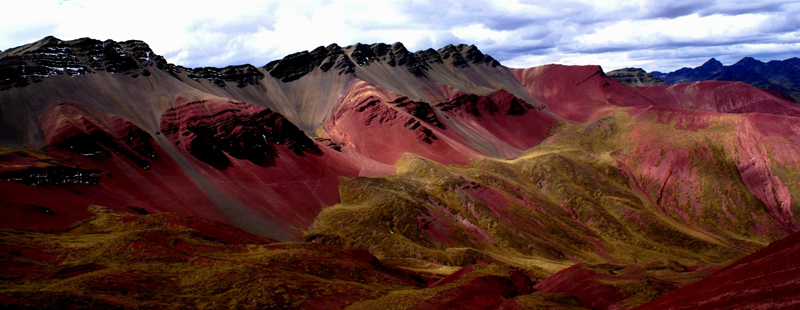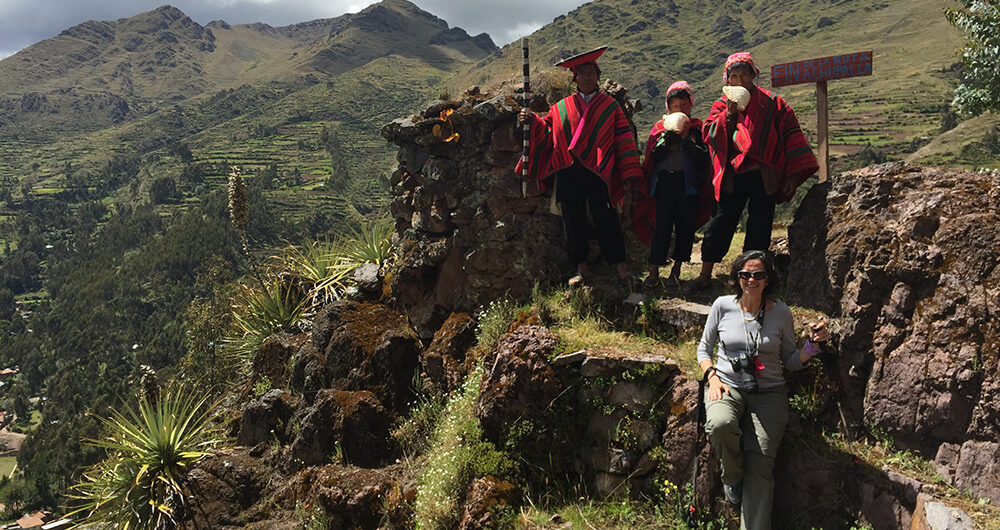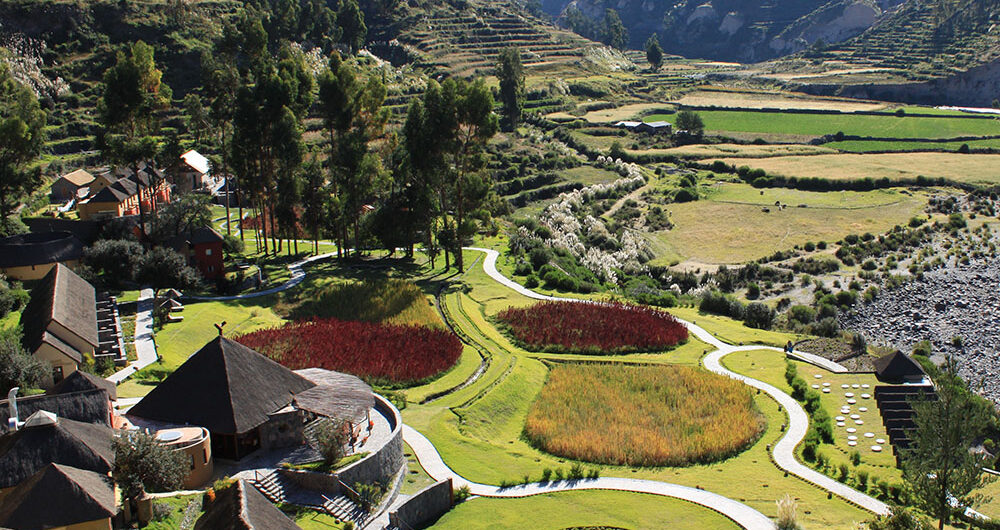Responsible travel Peru Tourism plays a powerful, positive role in international development. It creates jobs, stimulates economies, and funnels funds into the preservation of national treasures. Travel allows for intercultural exchange and encourages empathy and understanding across peoples from different walks of life. The United Nations recognizes this potential: it…
Machu Picchu is the most-visited attraction in Peru and one of the top destinations to visit in the world. Unsurprisingly, as a result it attracts crowds of camera-toting tourist all vying for the best vantage points to capture their postcard-worthy photos. Though you’ll never have the site entirely to yourself,…
The Inca Trail in Peru is one of, if not the most, famous treks in the world, taking in three major sets of Inca ruins en route to the mythical citadel Machu Picchu, traversing through cloud forest, puna grasslands and high altitude passes. However, bucket-list status can sometimes come at a price. With…
Tierra de Los Yachaqs is a rural community based tourism initiative that welcome visitors to their villages to learn about traditional life in the Andes. From learning to weave in the village of Amaru, to hiking in the Sacred Valley, this is an authentic way to understand rural lifestyles first-hand….
Sustainable and ethical travel has transformed from a niche sector within the field of travel to an industry-wide priority and global movement, one which has been core to the ethos of Aracari since the company was founded in 1996. Peru boasts an array of eco-lodges and hotels with minimal environmental…

